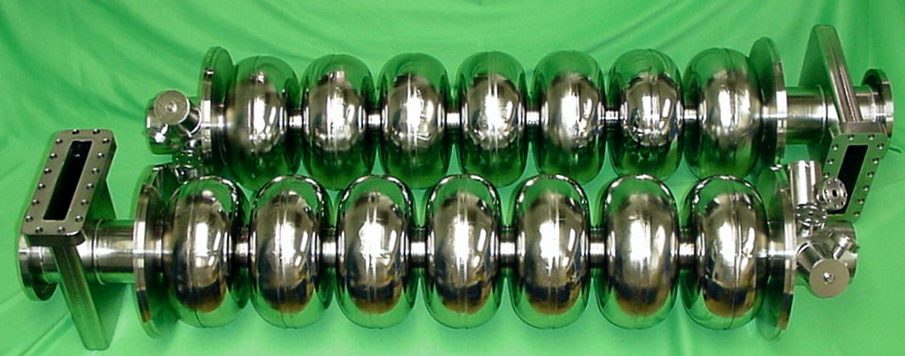Syllabus
| 8:30 - 10:00 |
| Supesrconducting Cavity |
| B. Rimmer Jefferson Lab. |
| This lecture will cover the basic principles of the superconducting cavity concept, advantages and applications. Different types of superconducting cavity for different particle species and energy ranges will be reviewed. Challenges of unwanted higher-order modes will be discussed and solutions for high-current accelerators will be presented. Typical state of the art manufacturing, processing and qualification methods will be described along with recently demonstrated performance levels obtained. Lastly some aspects of cryomodule design and integration will be included. The lecture is intended to give a broad overview of superconducting cavity technology to newcomers into the field of accelerators or those with experience in other disciplines seeking to understand and apply this exciting new technology.
|
| 10:20 - 11:50 |
| Cryogenics for Accelerators |
| K. Hosoyama KEK |
| 13:00 - 14:30 |
| Electron Linac |
| T. Shintake OIST |
| We focus on the normal conducting linear accelerator for electron beams. 1. We start from basic concept of resonance phenomena in closed volume, where we will learn what is eigen mode and eigen value. 2. We extend our discussion to coupled cavity chain, where we learn concept of the traveling wave, and drive dispersion relation and other parameter. 3. We discuss on the frequency scaling on traveling wave type electron accelerator. 4. To provide more practical understanding on electron linac, we learn what do we need to prepare to make linear accelerators, i.e., rf signal source, high power supply, wave guide, and accelerating structure itself, etc. 5. As an example, we learn C-band accelerator in SACLA X-ray FEL. |
| 14:50 - 16:20 |
| ILC |
| M. Kuriki Hiroshima Univ. |
| LC (Linear Collider) is a next high energy e+ e- collider for high energy physics. After discovering Higgs particle at LHC/CERN, precise measurements to reveal the Higgs sector structure is strongly demanded. However, it is hard to operate a traditional ring e+ and e- collider like LEP beyond 100 GeV beam energy because of huge energy loss by synchrotron radiation. LC is a lepton collider by two long linear accelerators. Each linear accelerators accelerate electron and positron, respectively. Due to the linear acceleration (infinite bending radius), there is no synchrotron radiation and the energy is just proportional to the length of the linear accelerator and accelerator field. The biggest issue for LC is to obtain enough luminosity (event rate) because the collision rate of LC is very limited in contrast to the ring colliders. One way to enhance the luminosity is an extremely small spot size at collision point. Currently, two LC projects have been promoted. One is ILC(International Linear Collider) based on Super-conducting accelerator which is expected to be started in several years. Another one is CLIC (Compact Linear Collider) based on a normal conducting accelerator with two beam scheme. CLIC is expected to be the next project of CERN after LHC. From fundamental aspects to the latest status of Linear Colliders will be presented. |
| 16:40 - 18:10 |
| New Accelerator Facility NICA in Dubna |
| A. Kovalenko JINR |

